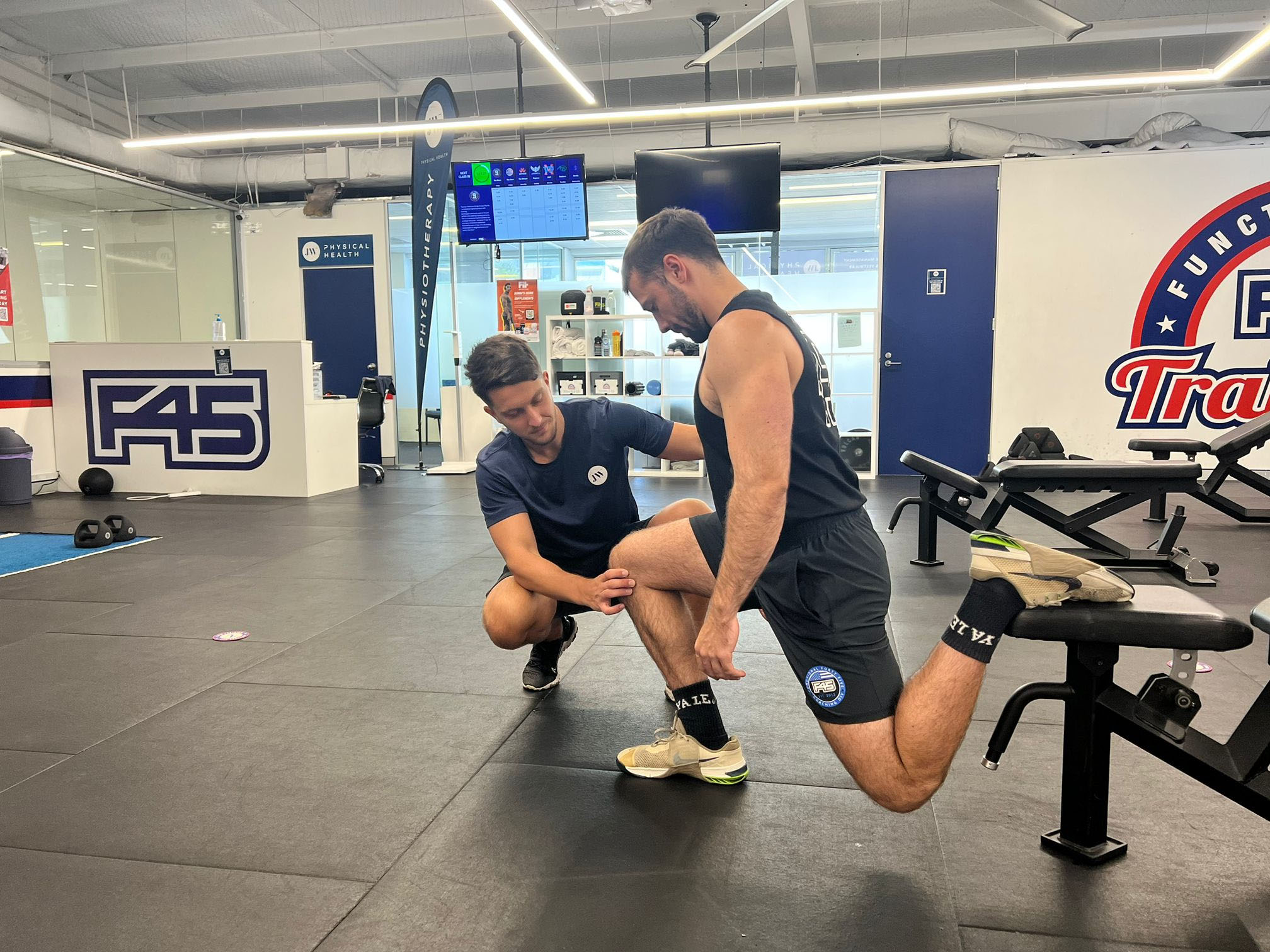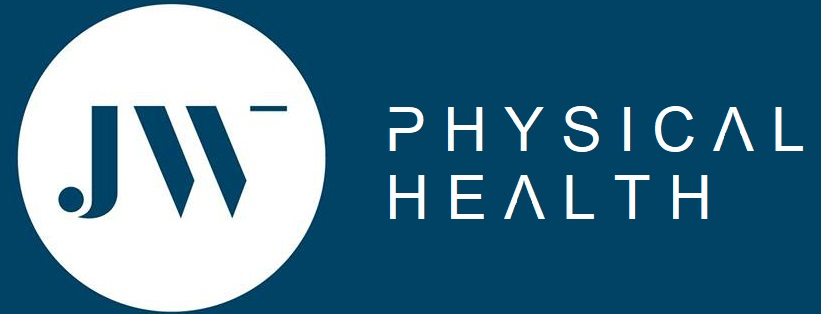
What is a Strain, How is it Treated and What Does the Recovery Process Look Like?Bondi Junction Physio Explains
What is a Strain, How is it Treated and What Does the Recovery Process Look Like?Bondi Junction Physio Explains
Posted in Physiotherapy by Jason Wright on August 10, 2023.

Muscles strains are damages sustained to a muscle due to over-stretching or over-contracting it.
A tendon reaction will always be due to a sudden overload. Every tendon has a certain load capacity and if you train just below this capacity with time your tendon will adapt and get stronger, ultimately increasing its capacity.
If there is a spike in load which exceeds a tendon’s load capacity it will signal pain. These spikes in load can come in several forms (including incline, distance, intensity, change in shoe type or change in surface), and can be happening in one training session or over the course weeks or even months.
Crucial Knowledge
The treatment is pretty consistent from muscle to muscle, and gone is the phenomenon “if it hurts don’t do it”.
Resting injured tendons is not the way to overcome the injury. The pain response will diminish over time when ceasing the aggravating activity/position. However, the tendon is still injured, and the key is building progressive adaptations to meet the demand of load placed on that tendon.
A spike in load causing tendon pain results in an overall drop in the tendon’s capacity. However, resting this tendon will further the regression of its load capacity. This means that, if we continue on this rest and load cycle, the tendon will continue to lower its capacity and we will be left with a load-intolerant structure.
Six months of tendon pain will result in changes in tendon structure that are more difficult to rectify. However have no fear, this doesn’t mean we can’t work back to pain-free and fully functioning. However, progress will be slower. Typically, the sooner tendon pain is addressed the better.
What The Recovery Process Might Look Like
Muscle strains generally follow a very predictable rehabilitation pattern. We’re talking around 6 weeks for a return to full function, with several separate “stages” of recovery.
Progressive adaptations will help you with prevention and management of most lower limb tendinopathies, including plantar fascia, achilles, hamstring, patella and gluteal tendinopathies.
With guided physio exercises of loading and strengthening below the tendon’s capacity we can allow the adaptations to build again and get you back to pain free activities.
Below, watch the stages for three separate muscle groups: the quads, hamstrings, and rotator cuff.
Stage 1: Restore Range Of Motion
This stage will generally last 1-3 days. During this stage, we focus on protecting the injured area, decreasing your pain, and regaining range of motion.
Stage 2: Regain Strength
Typically this stage lasts from approximately 3-21 days, with regaining strength being the highest priority.
Stage 3: Return to Full Power & Sport-Specific Activities
From 3 to 6 weeks, this stage is aimed toward guiding you through a gradual return to sport. That often involves the retraining of fast, powerful, plyometric movements. Watch several below.
The stages outlined above are really just guidelines and can be variable from person to person. There’s also a lot of overlap between each stage, which is why we take an individualised approach to every person’s rehab we see!
If you have any questions or would like to learn more about recovering from a strain, please get in touch.
More Information About What is a Strain, How is it Treated and What Does the Recovery Process Look Like?: Bondi Junction Physio Explains
For more information about What is a Strain, How is it Treated and What Does the Recovery Process Look Like?: Bondi Junction Physio Explains, or any other physio related questions you might have please get in touch.

